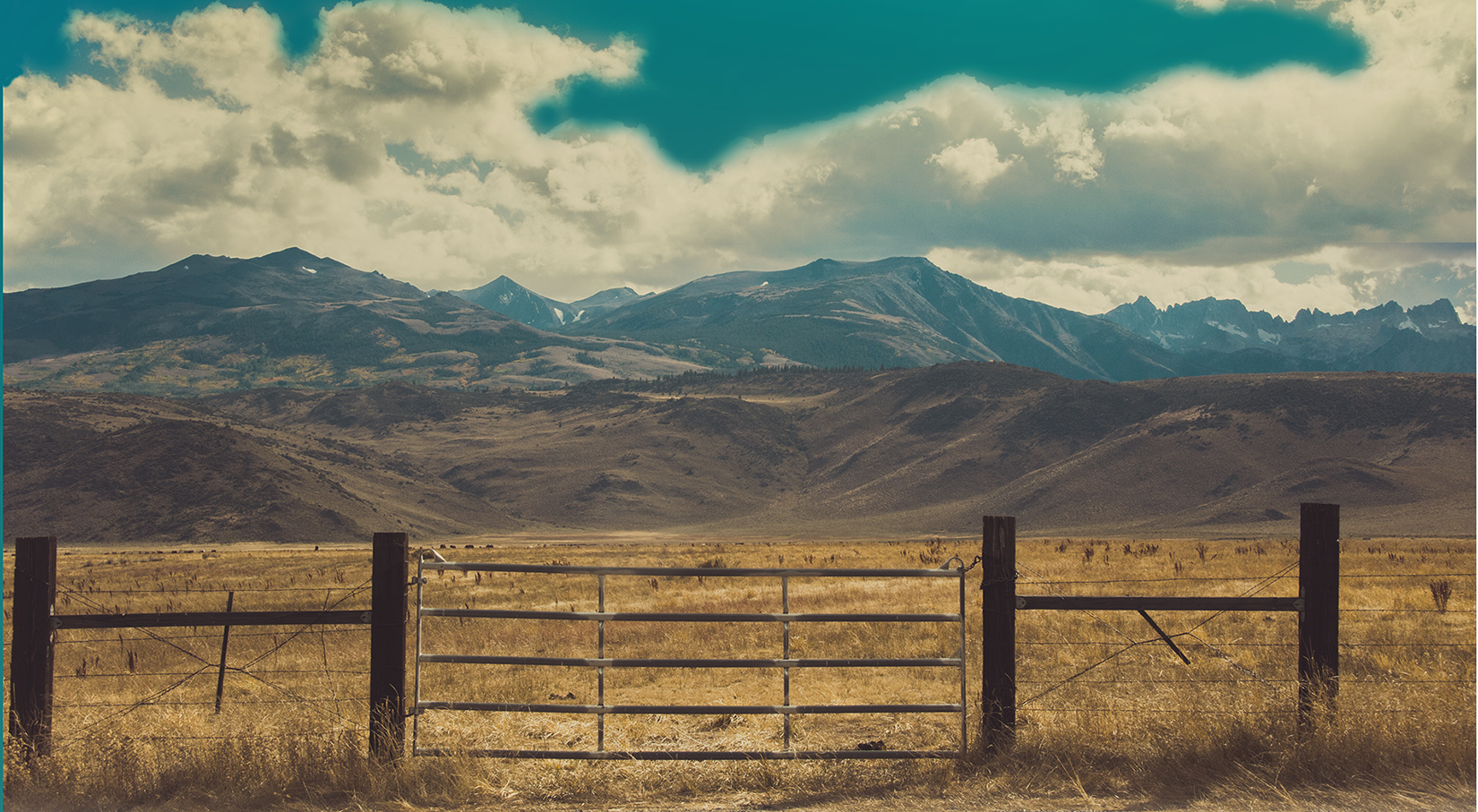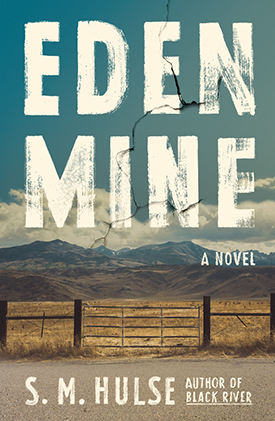
S. M. Hulse’s new novel Eden Mine features a small cast of core characters: Jo, a wheelchair-bound artist grappling with the government’s eminent domain seizure of her family home; her radicalized brother Samuel, a fugitive from the law following an act of violent protest; the preacher Asa Truth, grappling with his own trauma; and Jo and Samuel’s family friend, the local sheriff. But leaving it at those four belies the central role that the landscape itself plays in Hulse’s writing. Eden Mine is set in northwest Montana, in a small town abutting two mines that were once the economic engine of the region, but have since closed down. As Jo rides across her land on her cherished mule, as she struggles to make a final painting of her home, it becomes clear just how deeply the Montana landscape itself molded these characters.
Here, S. M. Hulse discusses six novels in which the Western landscape also plays an integral role. In some of these books the West is romanticized, in others it is presented as harsh and foreboding. Together, they show the range of ways in which the Western landscape has been depicted on the page over time, and speak to the tensions between the mythologies and realities of the West that have shaped the people and characters–like Hulse’s–who inhabit it today.
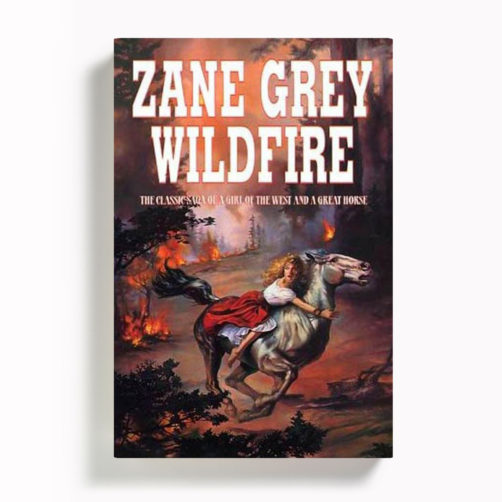
This novel has everything one might expect of a classic genre western: a rugged cowboy, a proud mustang stallion, the beautiful daughter of a wealthy rancher, wicked men bent on revenge. But most of all it has the landscape. Chapter upon chapter is filled with detailed description of the setting, from flatlands covered with sagebrush to treacherously steep canyons. In a memorable sequence, a cowboy tracks a wild horse into—and then out of—the Grand Canyon; other scenes describe Monument Valley, which would become the famous setting of so many film westerns. The landscape of Wildfire is an expansive one, its features upstaging even the most heroic or villainous characters, who in turn seem to know that however much they love the landscape they inhabit, its floods and fires and sheer scope will forever mean it controls them, not the other way around.
However much they love the landscape they inhabit, its floods and fires and sheer scope will forever mean it controls them, not the other way around.

Willa Cather, Death Comes for the Archbishop
Like the landscape in Wildfire, the landscape in Death Comes for the Archbishop is often vast and imposing, its depiction shaped by Cather’s characters’ backgrounds and perspectives. Upon first seeing a particular plain in New Mexico, Bishop Jean Marie Latour, touring his new diocese in the mid-nineteenth century, describes the large mesas he sees as “generally Gothic in outline, resembling vast cathedrals.” He is awed by the place, but also seems unsettled: “This mesa plain had an appearance of great antiquity, and of incompleteness; as if, with all the materials for world-making assembled, the Creator had desisted, gone away and left everything on the point of being brought together, on the eve of being arranged into mountain, plain, plateau. The country was still waiting to be made into a landscape.” Of course, this perspective is hardly shared by the native populations, and as he comes to know them over the course of the novel, Latour’s own perspective shifts as well. Cather’s rich and surprising descriptions reveal the ways in which different cultures have interpreted and attempted to shape landscape through very different lenses and with different motivations, only to find that no matter who they are or where they come from, the landscape leaves its mark on them far more deeply than they leave their marks on it.
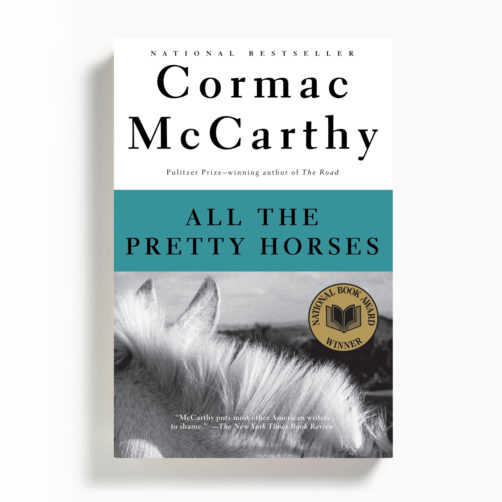
Cormac McCarthy, All the Pretty Horses
John Grady Cole, the young protagonist of All the Pretty Horses, is descended from generations of ranchers, and he’s shaped by the stories he’s heard of the way the West used to be and longs to experience it for himself. But by the mid-twentieth century, the open plains have been partitioned off and fenced in, and people are far more interested in oil than cattle. When John Grady and his friend Rawlins set off on a horseback adventure, they spend much of the first night dismantling and repairing fences: “they’d dismounted at the crossfences for John Grady to pull the staples with a catspaw and stand on the wires while Rawlins led the horses through and then raise the wires back and beat the staples into the posts and put the catspaw back in his saddlebag and mount up to ride on. How the hell do they expect a man to ride a horse in this country? said Rawlins. They don’t, said John Grady.” There are multiple landscapes in this novel: the one that once existed, the one John Grady Cole has conjured in his imagination, and the one he and Rawlins encounter on their journey.
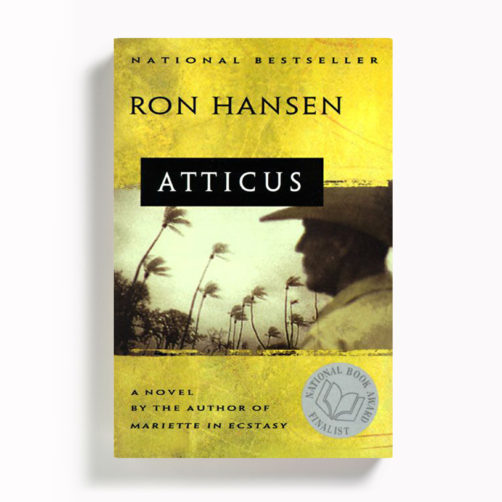
Ron Hansen’s Atticus introduces Atticus Cody as “a cattleman without cattle,” but the opening sentences of the novel find him astride his horse, surveying his oil rigs and a barren Colorado landscape in which “the snow strayed over the geography as though recalling how it was to be water.” Atticus fulfills the expectations one might have for a man inhabiting such a place: devout, strict—even rigid—in his morality, loath to impose or rely upon others. But he also loves his adult children—not just Frank, his successful older son, but also Scott, his artistic, mentally ill younger son. Atticus is soon forced to leave the landscape that seems to suit him so well, as he receives news that Scott has committed suicide in Mexico; he heads south to retrieve his son’s body but comes to believe Scott has been murdered. The novel succeeds on its own merits, as Atticus tries to secure answers for himself and justice for his son, but it also functions as a retelling of the Parable of the Prodigal Son. In this reading, Atticus is a stand-in for God: devoted to his children, delighting in their accomplishments even as he is wounded by their failures, but always willing to welcome them home.
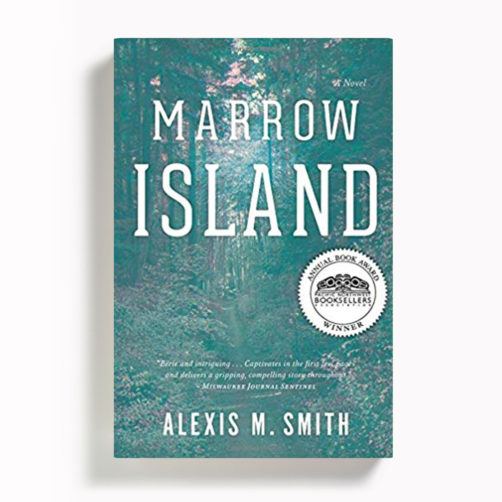
Alexis M. Smith, Marrow Island
Rather than the vast, sprawling mountains and plains landscapes that serve as the settings for so many other Western novels, Alexis M. Smith’s Marrow Island spends most of its pages on a small island in Washington State. The island, environmentally destroyed after a natural disaster begets an industrial disaster, is being rehabilitated by a mysterious group of people who have formed a commune on the tainted land. A taut mystery that also provides several interesting character studies, Marrow Island explores a number of different landscapes in the Northwest, examining the ways in which humankind interacts with the places in which it lives, for better or worse, and the ways in which those places can motivate humans to help—or harm—one another. The landscapes in the novel are as vividly rendered as any of the human characters, and each is beautiful and dangerous in its own way.
The landscapes in the novel are as vividly rendered as any of the human characters, and each is beautiful and dangerous in its own way.
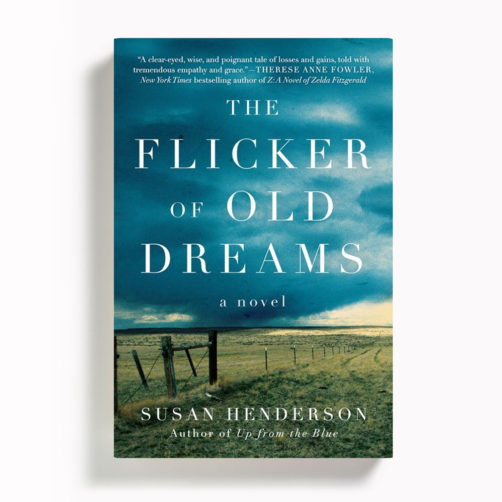
Susan Henderson, The Flicker of Old Dreams
Set in Petroleum, a small town in Central Montana, Henderson’s novel explores the magnetic push and pull of small town life and the ways in which it can keep some individuals tied to a place and drive others away. Petroleum, like many rural towns, has seen better days; following a tragic accident twenty years before the novel’s main narrative, the granary that had sustained the town’s economy closed and a young man was made a scapegoat and effectively exiled. His return sparks something in Mary Crampton, a young woman who has lived in Petroleum all her life, working in its mortuary, and leads her to consider whether she might finally, at last, leave the only home she has ever known. The novel vividly depicts the potential claustrophobia of small town life, illustrating how such a place can unify some and isolate others, and juxtaposes it with the vastness of the empty plains landscape beyond the town’s borders.
S. M. Hulse’s first novel, Black River, was a finalist for the PEN/Hemingway Award for Debut Fiction, an ABA Indies Introduce title, an Indie Next pick, and the winner of the Reading the West Book Award. Hulse received her MFA from the University of Oregon and was a fiction fellow at the University of Wisconsin–Madison. An avid horsewoman, she has lived throughout the American West.
